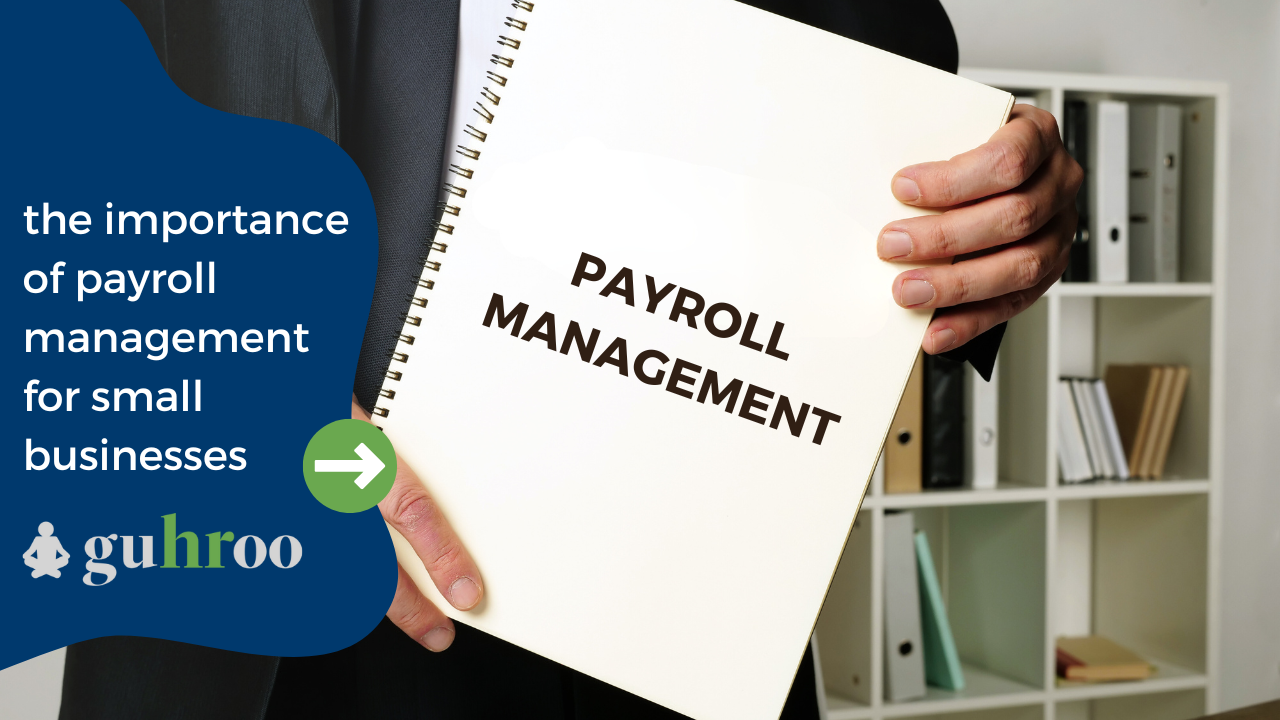Finish this sentence: Millennials are tech______.
Savvy?…. wrong… that is a common myth.
Millennials are not tech-savvy, they are tech dependent. They have no idea how a phone was made or how it works, they just know that they cannot live without it. As a matter of fact; who made most of these gadgets that they can’t live without? Gen X’ers and Baby boomers like Steve Jobs and Jack Dorsey.
When a millennial wakes up in the morning, they post it on Snapchat. They spend all day communicating via some form of electronic messaging application. The millennial generation’s entire world is digital; 41% of millennials said they would rather communicate electronically than face-to-face or over the telephone.
Tech savvy… not so much. Tech dependent? Yes.
That is just one of the myths that surrounds the millennial generation.
What Makes Millennials so Important?
Millennials are the most important generation in the workforce. If you are a boomer or a Gen X’er and you disagree, it is because you think this generation can’t get ahead without the training and knowledge you have. This is true. However, you’re a fool if you don’t want to share that information with them. It is the only way to bring your organization to the next level.
Millennials are your consumers.
Millennials will soon surpass Generation X for spending in the market and they are already estimated to spend $2.5 trillion annually. So, even if you have no millennials in your workforce, it is a good practice to understand your customer. They will continue to be a growing segment of your customer base.
Millennials are smart.
They are the best-educated generation in history. 61% of millennials have attended college, that is 15% more than boomers. The reason why is that boomers have done a great job of letting their kids know the importance and value of an education in the marketplace.
Millennials are your team.
Finally, the millennials make up half of the workforce, not only can you not ignore half of the workforce, you can’t ignore some of the challenges that come with it.
Who are the millennials? What do they care about?
Millennials are behind. Today’s 28 year olds are proven to be 3-5 years behind prior generations. They graduated later, they are getting married later (if at all) and they are starting their careers and having kids later. They are experiencing delayed adulthood.
Ironically, we often see the hypocrisy of parents who would tell their kids to take their time and travel overseas after graduation, only to let it negatively influence hiring decisions when fishing from the millennial talent pool.
Characteristics of Millennials:
- Socially Conscious– The average millennial saw their parents sacrifice their lives for their jobs with big companies that were scandal-ridden only to have their company turn around and lay them off when times got tough. Millennials want to be a part of an organization that is cause-driven.
- Team players– Millennials have been playing sports since they were very young. They are used to working in teams and performing as a unit.
- Continuous learners/ highly educated- The best-educated generation in history. Millennials are smart. Education is highly valued.
- Digital Native– Gen Y has never had to adapt to technology, it has always been a part of their life.
- Optimistic– It is strange how optimistic this generation is with all of the student loan debt they have when they leave school and turmoil in the world. The average millennial has $27k in student loan debt when they graduate, but you always hear the same thing “it will all work out
The millennials create a unique breed of employee that the workforce has never seen before. Someone who cares about why they get up and go to work. Someone who wants to make a real impact. Someone who wants to know what their future is with the company. Don’t be scared. These are all good things.

Many employers are choosing to resist the characteristics that make the millennial generation so special and try to make them adapt to the “old way” of doing things. While there is certainly merit in experience and proven processes, you have to be willing to adapt.
As leaders of our companies, we have to equip our team for situational leadership and an understanding of the other generation they are working with. The importance of harnessing the energy and talent of the largest percentage of our workforce cannot be overstated.
Challenges Millennials in the Workforce Create for Organizations
The friction between boomers and millennials is natural. After all, the millennials are the children of… you guessed it, boomers! How could you create better tension than putting parents in the workplace with people who act exactly like their kids and vice versa.
Millennials may present some challenges in the workforce, but knowing how you can turn these challenges into strengths for your company is what’s important.
Challenge #1: Generational Tension
Let’s say you’re coaching a new manager – we’ll call her Sally – on how to deal with a problem employee. Sally tells you that the person talked to her like she didn’t know what she was talking about and didn’t listen to any of the things she had to say.
“Why do you think that is?” you ask.
“It is because I am young enough to be his daughter and he doesn’t respect me.” she says.
All that this employee wanted was to be empowered to do their job, and all this manager wanted was to be respected as a peer. They didn’t understand that once they each provided each other with that small victory, they could move mountains together.
Sometimes the gap is so small, we miss the point completely.
Fight Tension with Growth Opportunities
One of the best ways to eliminate the tension between generations is to put them in a collaborative environment where they can help each other. We all have strengths and nothing feels better than doing something you are good at.
Here are a few ways you can put people in a position to succeed with each other:
Collaboration– set up multi-generational work teams and create “win-win” situations for your team.
Cross training– By training team members in multiple roles and disciplines you can not only create a wealth of knowledge within your company, you can create a better understanding and appreciation for fellow team members by seeing the struggles of other’s roles in the organization.
Mentoring and Buddy Programs– This generation needs mentors. If you don’t have a mentor program for new hires, I strongly suggest you look into this.
Challenge #2: Turnover
Can you guess the average tenure of millennials in the workforce? Two years. In comparison, the average tenure for Gen X employees is five years, and seven years for Baby Boomers.
One of the primary reasons Millennials are more likely to change jobs is because they are not willing to stick around if they do not believe they are receiving any personal benefit or growth. They listened to their parents stay in jobs that they didn’t like only to get laid off when things weren’t going well or to hang on for years and years unhappily.
While they have grown up in a much more structured environment, the educational system has been altered to teach autonomy. Choose your workstation, choose your group. This is what they have become accustomed to. You can’t ignore this when creating the workplace of tomorrow.
Reduce Turnover with Flexibility
Millennials want flexibility with assignments. This is one of the most important attributes in a desirable workplace. Here are a few easy things you can do to provide flexibility:
Core hours- Create “core hours” that people are expected to be at the office, but they can be flexible on the other hours they work. For example; core hours are 10am -4pm, some people will come in at 8 and work until 4, others will come in at 10 and work until 4 and then work again at 8pm that evening. You should be focused on the results, not the hours.
Variable workstations- This can take on a variety of forms whether it be encouraging people to work in the conference spaces, work from home, work from a close client or partner’s office on occasion. This will provide a measure of flexibility that can keep an otherwise mundane role exciting.
Don’t micromanage- Do your best to not hover over a millennial. Set goals and desired results and show them what those results look like. This will provide some flexibility and maybe even creativity in completing the task at hand.
Social Recognition- Meet them where they live. How nice would it be for an employee to retweet a company message that was highlighting what a great job they did. Don’t you think they would share that with friends and family, therefore solidifying your place in the market as well?
Challenge #3: Succession Planning
Retirement, especially as it pertains to the Baby Boomer generation bears a great impact on the current workforce and the future of your organization. With the youngest Baby Boomers turning 52 this year, you must incorporate effective succession planning into your strategic operations.
Understanding that millennials will make up 50% of the workforce in the coming years, don’t you think they should be involved in the leadership strategy? Many organizations continue to look at tenure and experience as the only barometer when identifying high-potential future leaders. This is a huge mistake that could result in massive turnover if you are not careful.
The great news is this; millennials have now been in the workforce long enough to have the tenure, experience, and most importantly the ability to lead their peers. Now you need to groom them for the roles you need them to take on in the future.
Take the steps outlined below, combined with the actions above to prepare yourself for the leadership team of the future.
Step 1: Future needs- Consider the organization’s future leadership needs Identify the short-term and long-term vision and direction of the organization. Analyze future leadership requirements for products and services offered now and in the future.
Step 2: The right fit- Identify the competencies and experiences necessary for success in future leadership roles Perform an analysis of the leadership positions to define the qualifications that a successful job incumbent would possess.
Step 3: Assess current talent- Find the obvious and hidden talent within your current organization.
Step 4: Develop pathways- Create a roadway of how an identified high-potential employee would attain the qualifications defined in step 2. Create an individual development plan for your future leaders to follow.
Step 5: Measure progress- Follow up with the employee as to how they are doing in achieving the desired qualifications for a future leadership position. Also, continually evaluate the organization’s evolving leadership needs, and periodically repeat steps 1-4.
You did it, you get a participation trophy!
Unfortunately, there are no participation trophies in business. You can’t ignore half of the workforce that also represents the majority of the marketplace and expect to be successful. You must adapt to succeed. Do what it takes to make your workplace a success for all generations.
Are you looking for more ways to improve the culture of your organization? Drop us a note about the guHRoo 26 Week Culture Challenge. This is a series of challenges you can do every week for 12 weeks that will take less than one hour to organize and are proven to improve your company’s culture and morale.




